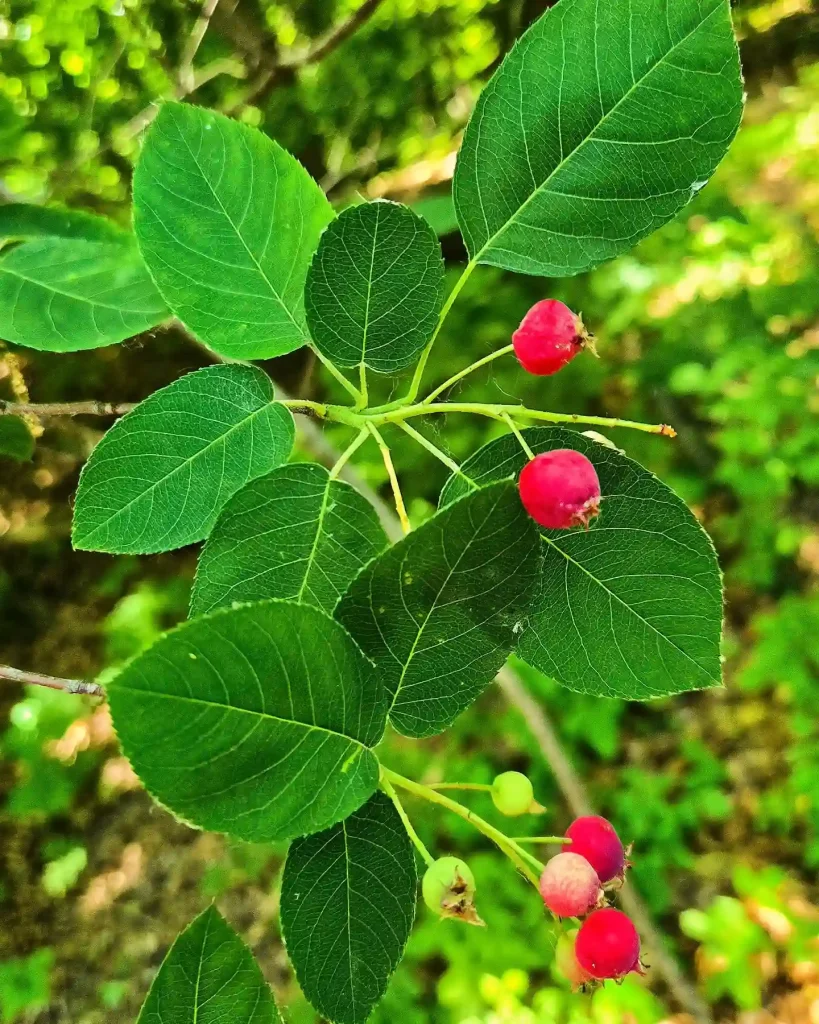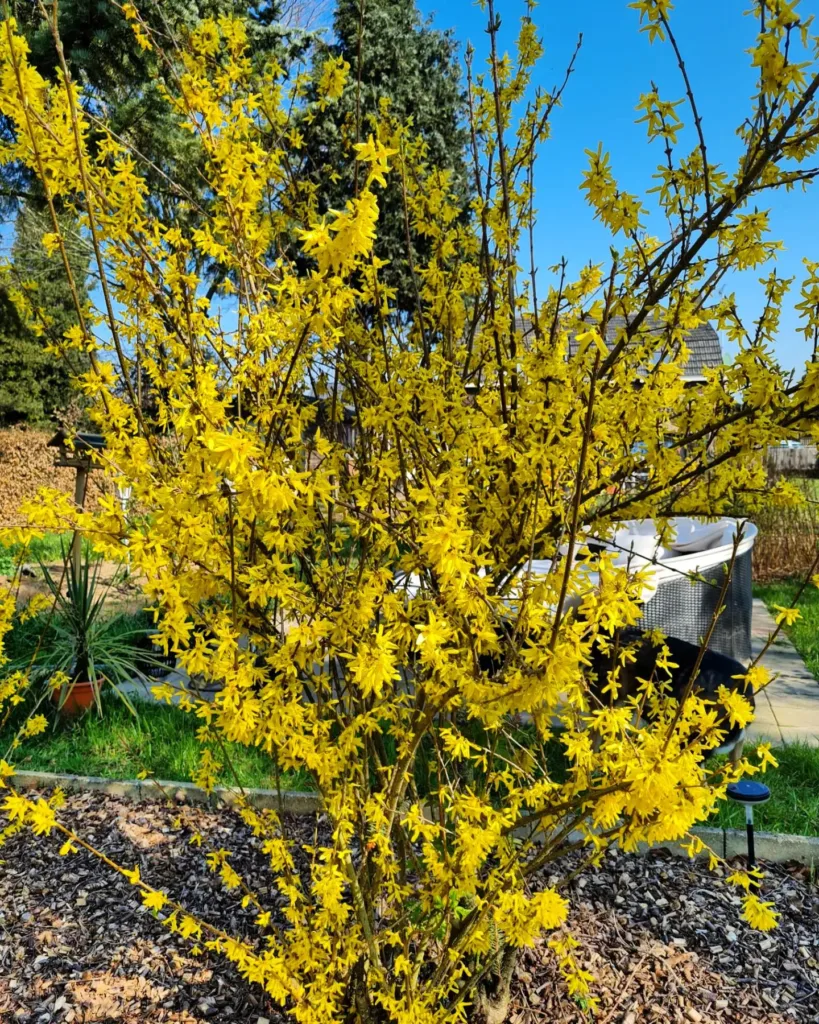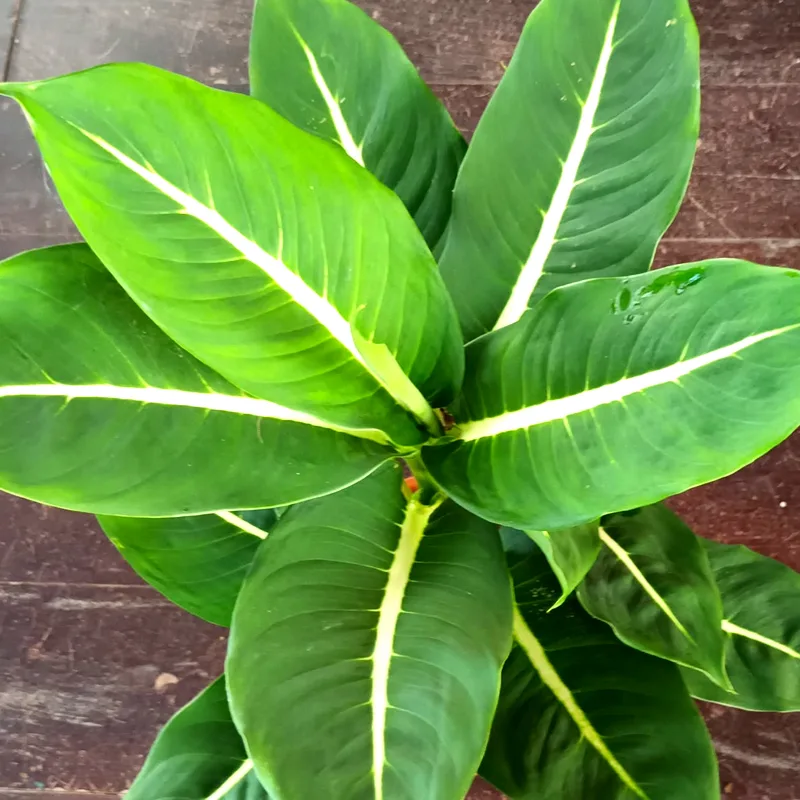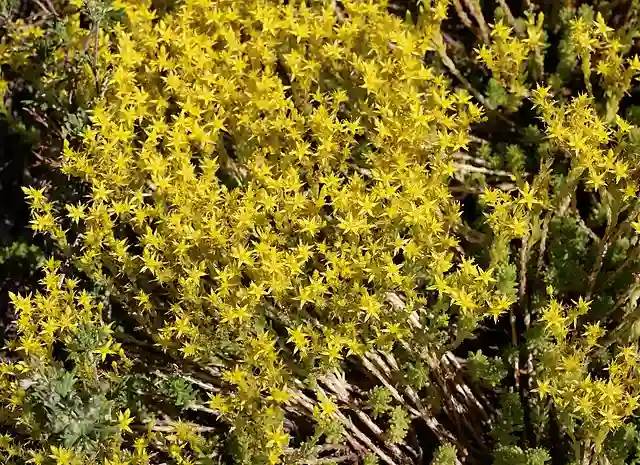As an avid gardener, I’ve come across many plants that bring beauty and resilience to my garden, and one that stands out for me is the Liatris Kobold. It’s a smaller cultivar of the Liatris spicata, also known as Blazing Star or Gayfeather. Its tall, purple spikes add stunning vertical interest, and it’s a magnet for pollinators like bees and butterflies. Over time, I’ve learned a lot about this plant, from how to care for it to how to compare it with similar varieties like Floristan Violet. In this article, I’ll answer some frequently asked questions about Kobold Liatris, covering planting, care, deadheading, and more.
51 Species in Genus Liatris
What Is Kobold Liatris?
The Kobold Liatris is a perennial plant known for its compact growth and vibrant purple flower spikes. It blooms in mid-summer, creating a beautiful show that lasts for weeks. Its height ranges between 18 to 24 inches, making it ideal for small spaces or as a border plant. I love using it to add height and texture to my garden beds. The flowers bloom from the top down, which is a unique trait among flowering plants, and they attract a range of pollinators like bees, butterflies, and even hummingbirds.
How to Plant Liatris Spicata Kobold Bulbs?
Planting Liatris Spicata Kobold bulbs (also called corms) is a simple and rewarding task. Here’s how I do it:
- Choose the right location: Liatris thrives in full sun. I always pick a spot in my garden that gets at least 6 hours of direct sunlight a day.
- Prepare the soil: The soil should be well-draining. I’ve found that adding compost or sand to heavy clay soil helps improve drainage.
- Plant the bulbs: I plant the corms about 1-2 inches deep and space them 12-15 inches apart. They should be placed with the pointed end facing up.
- Watering: After planting, I water them thoroughly but ensure the soil doesn’t stay waterlogged. Once established, Liatris Kobold is drought-tolerant, which makes it low-maintenance.
How to Care for Liatris Kobold?
Caring for Kobold Liatris is easy because it’s such a resilient plant. Here’s how I maintain mine:
- Watering: I water it regularly during its first growing season. After that, it becomes quite drought-tolerant. In dry periods, I give it a deep watering every week or so.
- Fertilizing: It doesn’t need much fertilization. A light application of compost in the spring is usually enough to keep the plant healthy.
- Mulching: I like to mulch around the plants to retain moisture and suppress weeds, but I’m careful not to pile mulch against the stems, as this can lead to rot.
How to Deadhead Liatris Kobold?
Deadheading Liatris Kobold is a great way to keep your garden looking tidy and encourage further blooming. Here’s how I do it:
- Wait for the right time: I wait until the flower spikes start to fade and lose their color before deadheading.
- Use sharp shears: I use a pair of clean, sharp gardening shears and cut the spent flower stalks just above the leaves. This not only keeps the plant looking neat but can sometimes encourage a second, smaller bloom later in the season.
Deadheading isn’t strictly necessary for Liatris, but it helps the plant focus its energy on growing stronger rather than producing seeds.
Which is Better: Floristan Violet or Kobold Liatris?
In my experience, both Floristan Violet and Kobold Liatris are wonderful, but they serve slightly different purposes in the garden.
- Kobold Liatris is more compact, growing to about 18-24 inches tall, which makes it perfect for smaller garden spaces or as a border plant.
- Floristan Violet, on the other hand, is a taller variety, reaching up to 4 feet in height. If I’m looking to make a bold statement in the back of a garden bed, I choose Floristan Violet. For more compact, controlled spaces, Kobold Liatris is my go-to.
Both varieties are excellent for attracting pollinators, but Kobold fits into smaller garden designs more easily due to its shorter stature.
Can You Grow Liatris Kobold Indoors?
I’ve found that Liatris Kobold doesn’t thrive well indoors. This plant loves full sun, and it can be difficult to provide the intense light it needs indoors. Plus, it prefers a natural outdoor environment where it can attract pollinators and experience seasonal changes. If you’re looking for an indoor plant with similar vertical interest, I would recommend something like Dracaena or Snake Plant instead.
Is Liatris Kobold Toxic?
One of the things I love about Liatris Kobold is that it’s non-toxic to pets and humans. This makes it a safe choice for gardens where children or animals might be present. I never have to worry about my pets getting into trouble if they happen to sniff around my Liatris plants.
What Are the Benefits of Growing Liatris Kobold?
There are so many benefits to growing Kobold Liatris in your garden:
- Attracts pollinators: Bees, butterflies, and hummingbirds are all drawn to its flowers.
- Low-maintenance: Once established, it’s drought-tolerant and doesn’t require much fertilizing.
- Versatile: It works well in borders, rock gardens, or as a vertical accent in mixed beds.
- Deer-resistant: I haven’t had any issues with deer nibbling on my Liatris, which is a big plus in areas where deer are a problem.
Common Problems with Liatris Kobold
Though it’s a hardy plant, Liatris Kobold can face some challenges. The most common issue I’ve encountered is root rot, which occurs if the soil stays too wet. To avoid this, I ensure the plant is in well-draining soil and avoid overwatering. Occasionally, slugs and snails may target the plant, but these pests are usually easy to manage with slug traps or diatomaceous earth.
Overall, Kobold Liatris is a fantastic addition to any garden. Whether you’re looking for a compact, pollinator-friendly plant or something low-maintenance, this little gem has a lot to offer.
If i die, water my plants!



